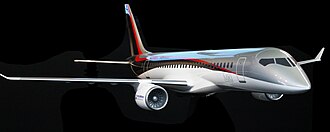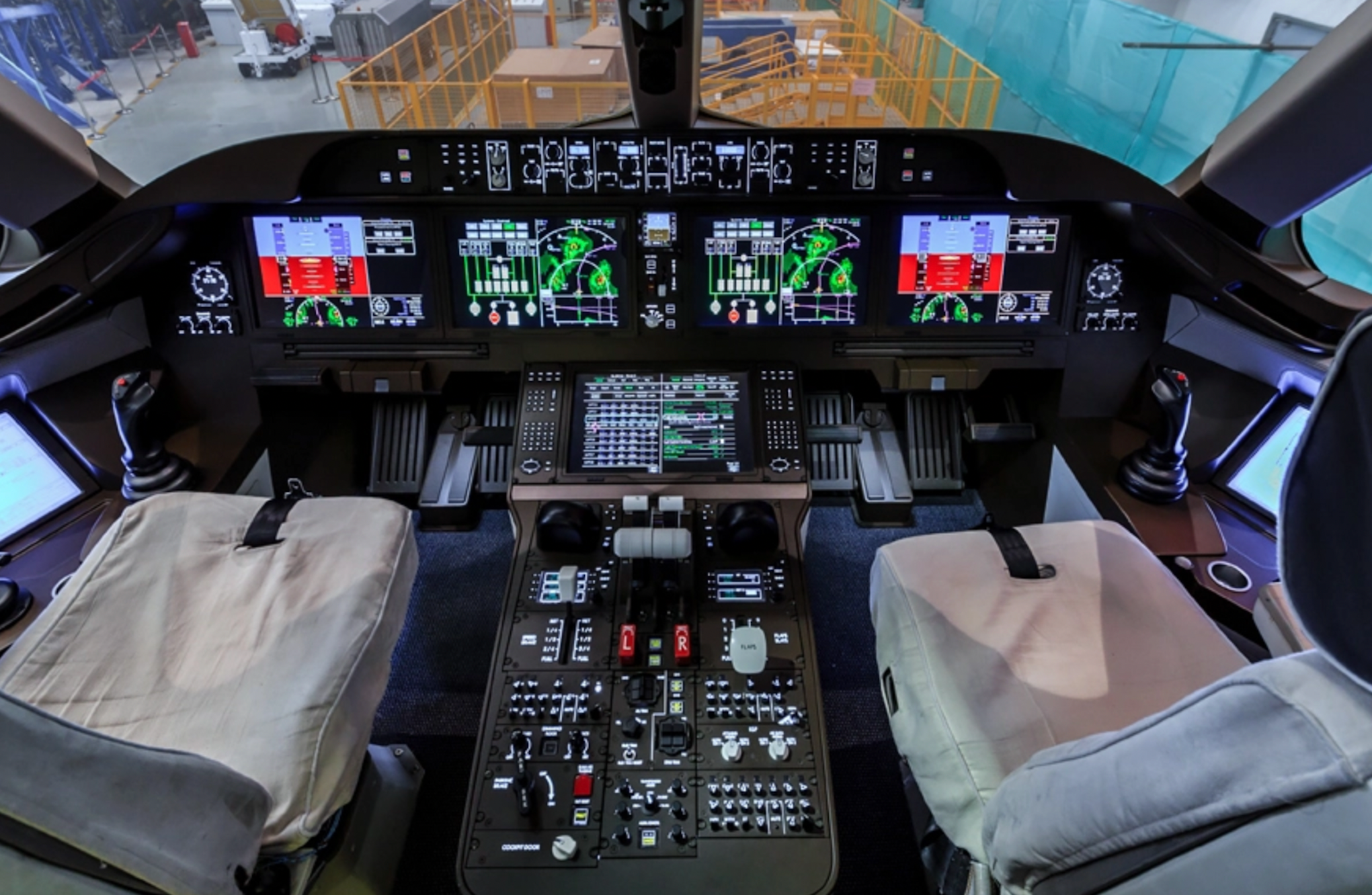Japan invests 33 billion USD in the development of hydrogen commercial aviation

In an effort to revitalize its aviation industry and avoid its decline, the Japanese government has unveiled an ambitious plan to collaborate with the private sector to develop a next-generation passenger plane with innovative propulsion.
At the heart of the project's objectives is the exploration of advanced propulsion, in particular hydrogen combustion engines, with the aim of surpassing conventional jet engine technology.
Speaking at the presentation, Kazuchika Iwata, Vice Minister of Economy, Trade and Industry, highlighted the project's transformative potential. “We aim to transform the aviation industry from a component supplier to a supplier that can take the lead in providing value-added products,” Iwata said.
He stressed the importance of leveraging both public and private knowledge, drawing on experiences learned from previous ventures, such as Mitsubishi Heavy Industries' ill-fated SpaceJet.
The plan, announced by Japan's Ministry of Economy, Trade and Industry on March 27, aims to leverage the collective experience of multiple companies and set new technological standards. It is therefore an investment that should relaunch the "Japan System".
With a total investment of 5 trillion yen ($33 billion) from the public and private sectors, the goal is to introduce an innovative airliner by around 2035.
Government support for the initiative goes beyond financial support and includes setting global technology standards, ensuring stable component supplies and refining testing methodologies.
The financing mechanisms will mainly rely on government bonds for the climate transition, in line with Japan's commitment to sustainability. In this way, the Japanese state debt will also be colored green, as well as being carefully managed by the Bo.
The initiative reflects a broader industry trend to achieve carbon neutrality by 2050, driving demand for eco-friendly materials and technologies.
Japan's foray into developing next-generation aircraft aims to revitalize the aviation sector and improve the overall value proposition of domestically produced parts and related technologies.
Commercial aircraft development in Japan lags behind China
Japan's aerospace aspirations have hit turbulence after the failure of Mitsubishi Heavy Industries' SpaceJet project, formerly known as M itsubishi Regional Jet (MRJ).
Launched in 2008 with significant government support, the MRJ aimed to revolutionize the regional jet market but stalled due to delays and limited orders. Despite the enormous funding, few corporate ones were built and in 2023 the construction program was interrupted, employees fired and even some prototypes demolished. A very expensive debacle.
In stark contrast, China's aviation industry has surged, exemplified by the success of the Commercial Aircraft Corporation of China (COMAC) and its C919 airliner. The C919 development program also began in 2008.
Mitsubishi's failure and COMAC's success
Mitsubishi, a company with a great aeronautical tradition (among other things it built the Zero fighters in the Second World War) thought it could easily enter and dominate the regional aircraft market, at that time occupied mainly by Embraer and Bombardier, later purchased by Airbus . He was aiming for a plane with between 70 and 100 seats, so let's say a very large regional plane.
But in the United States, contracts between pilots and airlines incorporate “capacity clauses,” which set a maximum seat limit of 76 on planes operating regional routes. This cut out the Mitsubishi aircraft which was too large for a regional aircraft and too small for a medium aircraft. Furthermore, Japanese companies were not sufficient support for the project.
In contrast, COMAC's approach with the C919 was strategic from the beginning. Designed as the inaugural model in a series of commercial jets, the C919 was aimed at a larger segment, with 160-175 seats.
Leveraging the experience of its predecessor's ARJ21 regional jet program, COMAC has addressed design challenges with greater skill. Furthermore, strong government support and the built-in customer base of state-owned airlines provided crucial momentum to the C919 project, allowing it to overcome obstacles more effectively.
As a result, Tokyo's new strategy emphasizes a collaborative framework involving established manufacturers such as Mitsubishi Heavy Industries, component suppliers and automakers at the forefront of hydrogen engine technology. International cooperation is also actively pursued to leverage diverse skills and resources. Furthermore, we are trying to attract a new sector, that of zero-emission aviation, which is still in its early stages.

Thanks to our Telegram channel you can stay updated on the publication of new Economic Scenarios articles.
The article Japan invests 33 billion US dollars in the development of hydrogen commercial aviation comes from Economic Scenarios .
This is a machine translation of a post published on Scenari Economici at the URL https://scenarieconomici.it/il-giappone-investe-33-miliardi-di-usd-nello-sviluppo-dellaviazione-commerciale-ad-idrogeno/ on Thu, 28 Mar 2024 06:10:41 +0000.


